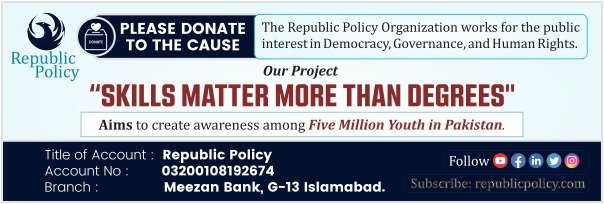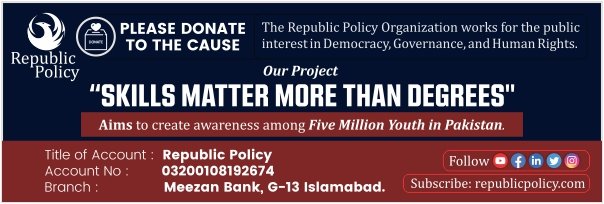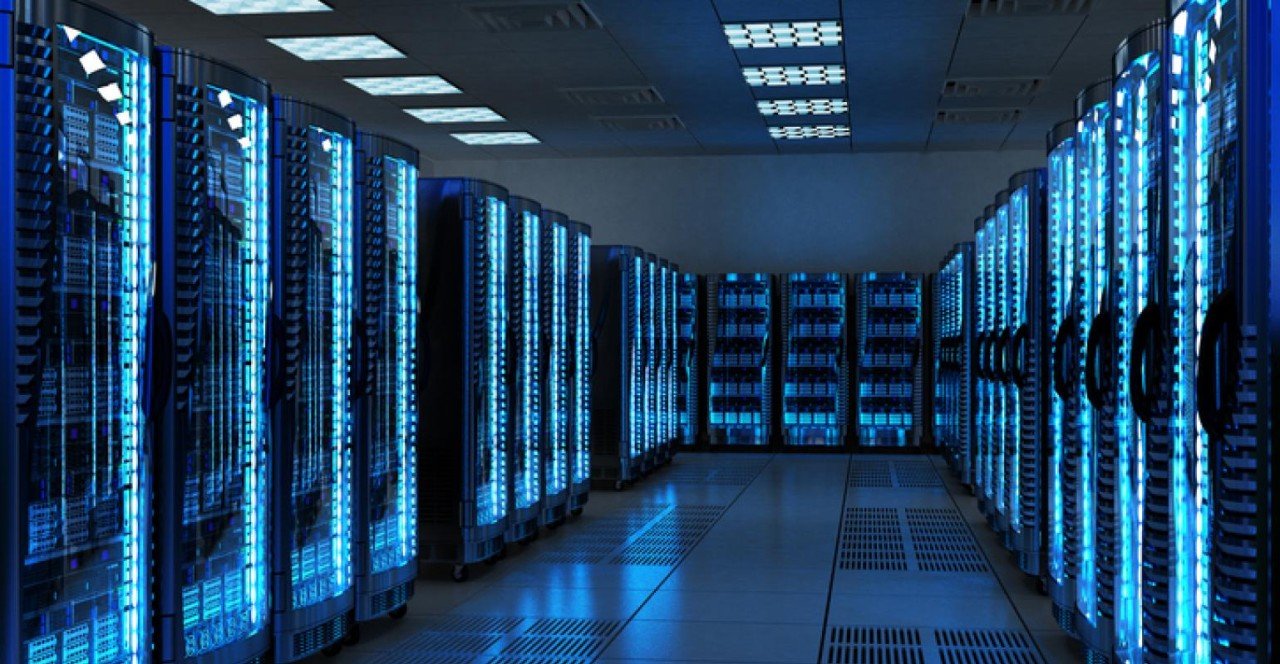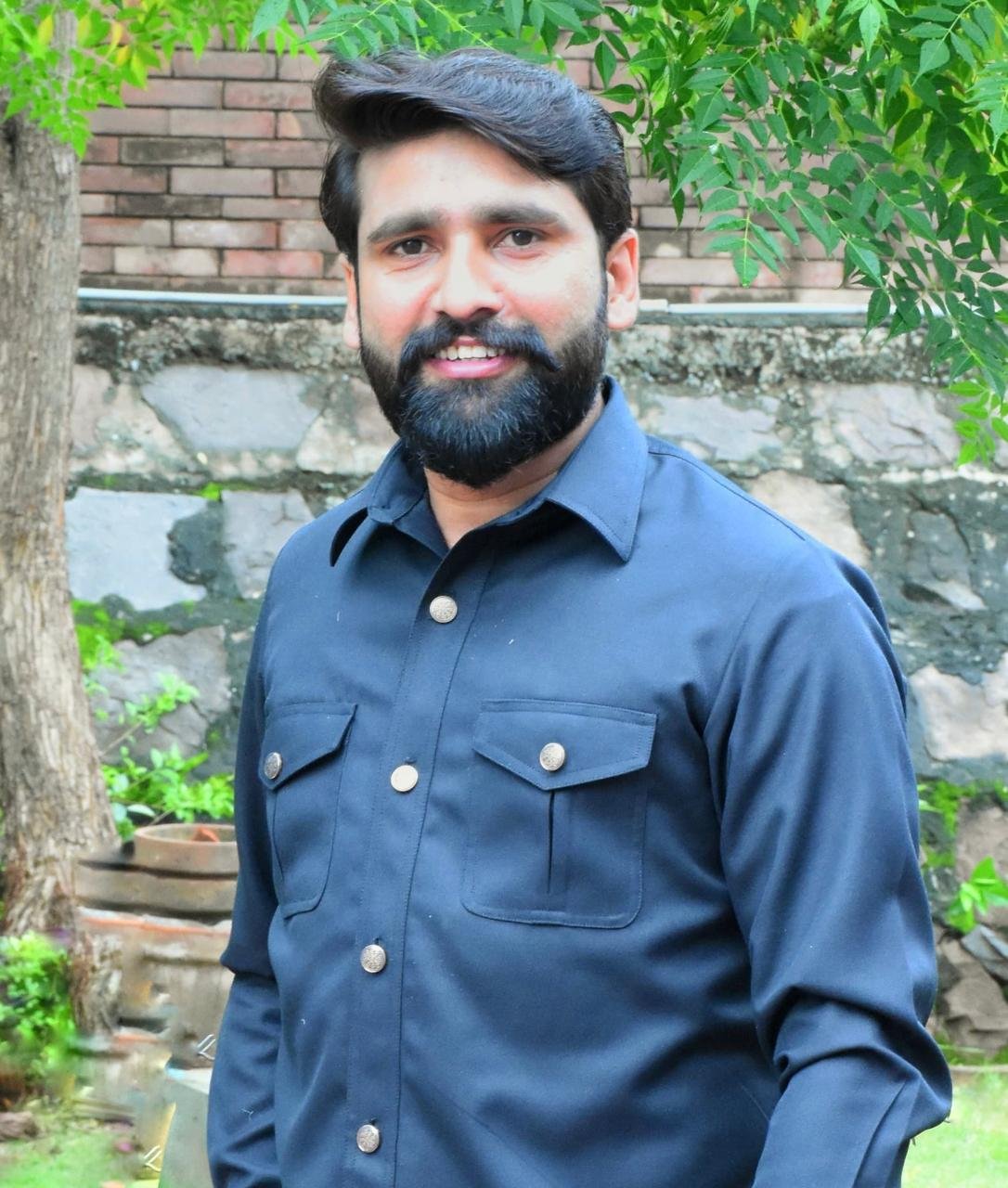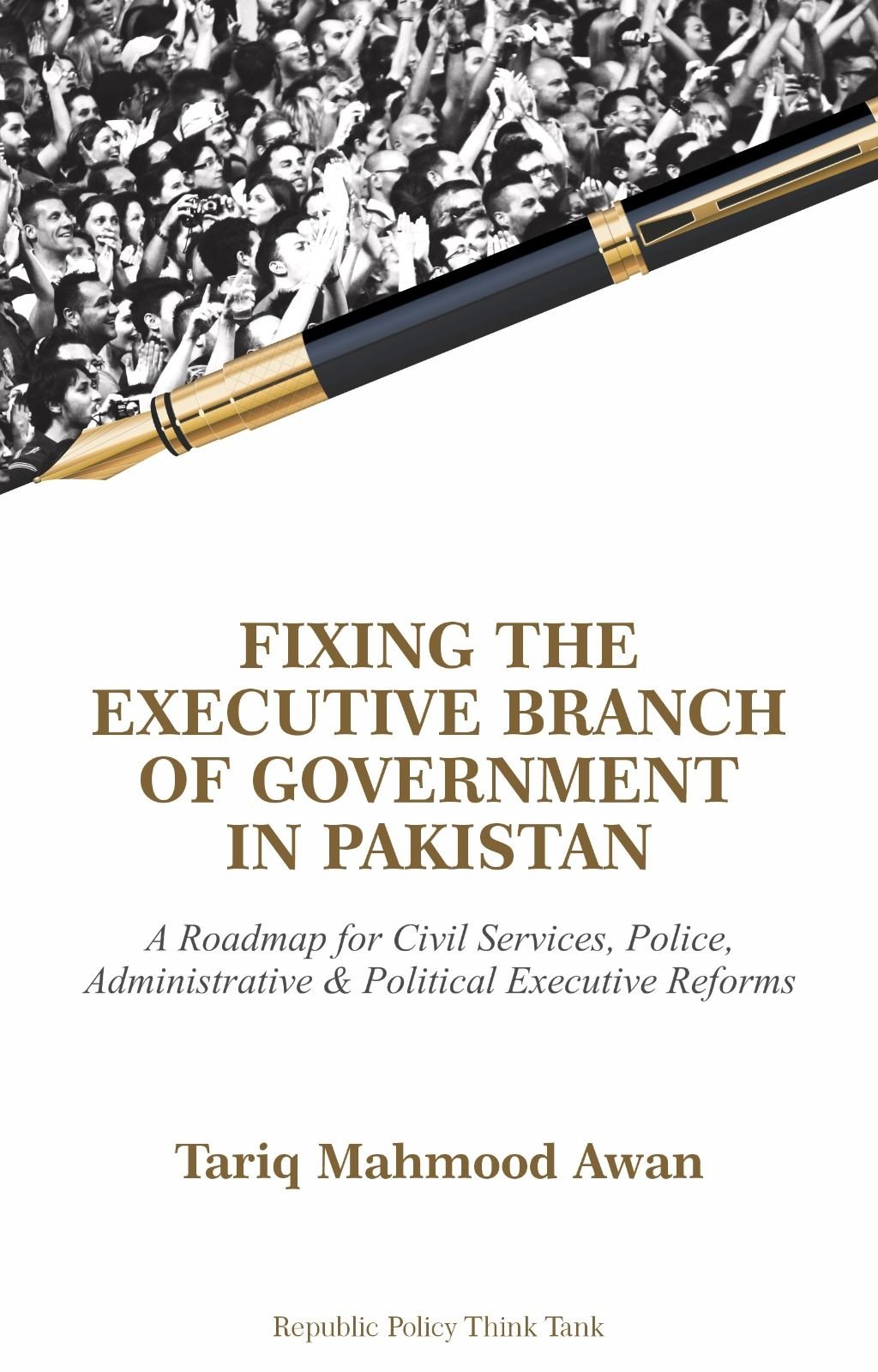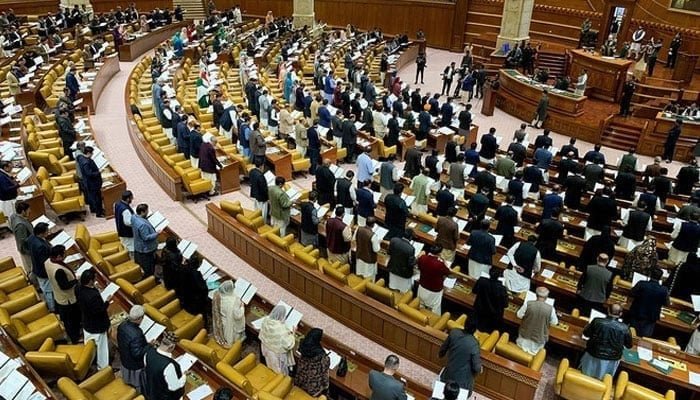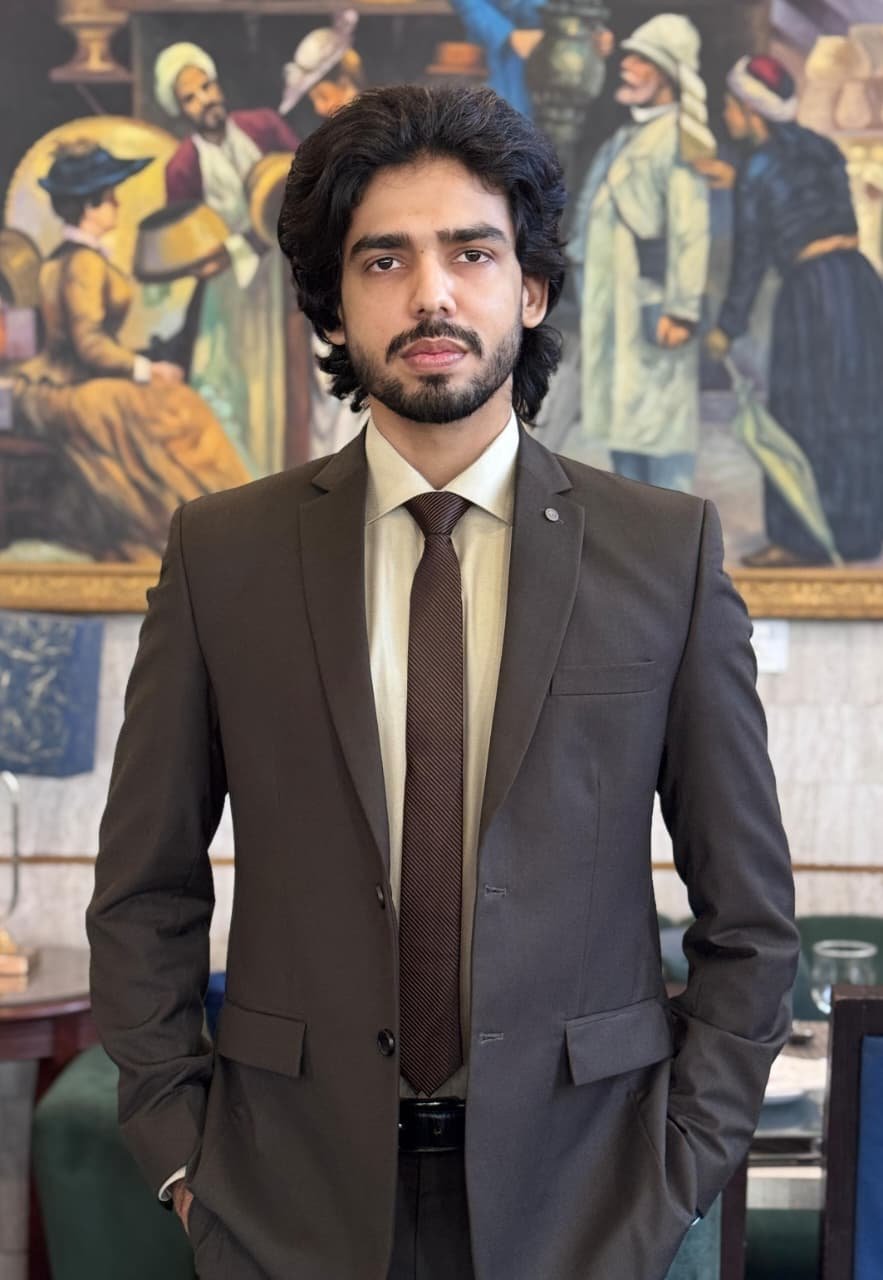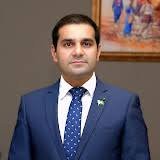By Muhammad Anas Yasir.
“Barish hoti hai to paani aata hai.”
It should have finished there — a plain, obvious statement, as simple as saying the sky is blue or chai is hot. But this is Pakistan dear, where simple things turn into national comedy in hours, the line was everywhere: Media stars drowning in rain, Karachi streets edited into Venice, and schoolkids excusing late homework — “Miss, barish hoti hai to paani aata hai, is liye mera homework beh gaya.”
One dull remark from a minister became a viral joke.
That’s the beauty of memes: they don’t wait for permission or history. They grab foolishness in real time and flip it into satire. In a country where institutions move slower than WAPDA fixing a transformer, memes spread faster than electricity cuts.
The Ministry of Memes:
Let’s face it — memes are Pakistan’s most successful creative industry. Forget the never-ending TV dramas or talk shows where anchors scream louder than a generator. The real stage is a Facebook page at 2 a.m., where one badly edited meme explains politics better than a Dawn editorial.
Nawaz Sharif’s “Mujhe kyun nikala?” was meant to gain sympathy but ended up as a national joke. Today, it works everywhere — from moms asking about missing pizza slices to professors canceling classes. He thought he was mourning; Pakistan thought he was entertaining.
Imran Khan’s “Tabdeeli aa gayi hai” followed the same path. Once the anthem of rallies, now it’s the sarcastic caption for broken cars, potholes, and skyrocketing petrol prices. Who needs opposition when sarcasm does the job?
And Shahbaz Sharif — forever stuck as “Abdullah at a stranger’s wedding” after that awkward summit moment. Diplomacy failed, but memes succeeded. If nothing else, Pakistan contributes to world history by exporting awkwardness.
The People’s Netflix:
Memes are powerful because they’re accessible. No subscriptions, no load-shedding schedules. A 2 MB meme loads even when YouTube won’t. For a generation living with inflation, gas shortages, and endless “youth bulge” lectures, memes are therapy — a free, never-ending Netflix of jokes.
And unlike dramas, memes don’t waste time. They go straight to the punchline. Why wait for 100 episodes when one meme sums it all up?
The Local Creative Industry:
By looking closely, meme-making has slowly grown into Pakistan’s largest grassroots creative industry. Young people with nothing but a phone, internet, and a sense of humor are building brands, communities, and even incomes. Unlike traditional media, where entry depends on connections or capital, memes are open to anyone with a sharp wit and quick Photoshop fingers. It’s raw, democratic creativity — the kind that speaks directly to people, not down to them. In a country where opportunities are scarce, meme culture has become both a stage and a studio for a new generation of storytellers.
Economy of Sarcasm:
Memes aren’t just jokes — they’re jobs. Pages like Sarcasmistan, Meme Abaad, and university meme societies have turned into mini media empires. They earn from ads, grow huge followings, and even sell “political meme consultancy.” Yes, parties actually pay students with Photoshop skills more than policy researchers.
It’s classic Pakistani entrepreneurship: take sarcasm, add local spice, use global formats, and boom — instant export. A meme made in Gujranwala today can get laughs in Dubai, Toronto, or London tomorrow.
This is soft power. Forget mango diplomacy — our real export is meme diplomacy.
History Written in Jokes:
Textbooks won’t tell you how Pakistanis felt about their rulers, but memes will. History remembers marble plaques; memes remember sarcasm.
Future historians may skip budget speeches and reports. Instead, they’ll scroll meme archives:
“Mujhe kyun nikala?” = elite victimhood
“Tabdeeli aa gayi hai” = broken promises
“Barish hoti hai to paani aata hai” = pure absurdity


